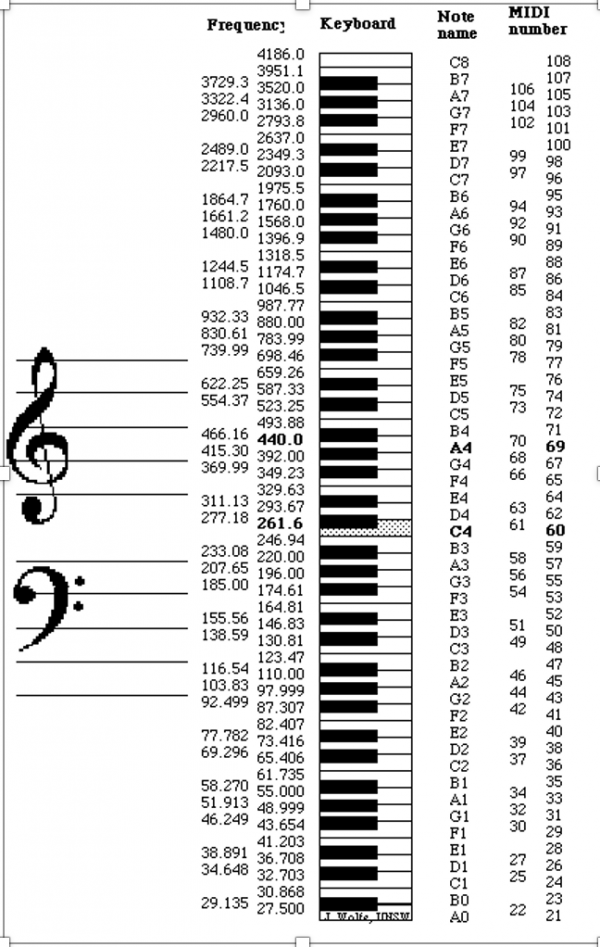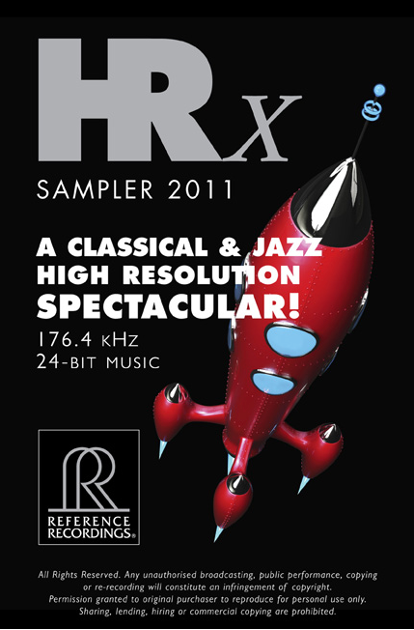You must have a much more special iPhone than I do. Besides, I absolutely do not care. I know what I hear and what excites me and that is enough. Come-on, surely you know that different speakers that measure the same do not necessarily sound the same. However, you have given me an idea. Since I got a new iPhone today, I am going to listen to it for a few days on speaker and then I am going to put it on CMS2 footers and see if it sounds better!
Russ, I am certainly not suggesting an iPhone video over Youtube is a substitute for what you are actually hearing in your listening seat. I am just curious to see if the dramatic improvement is audible over such a video. Having heard the prototype for the original CS footer in a friend's system, I think the difference before and after would be audible. I remain hopeful that someone will post the comparison.
Congratulations on your fine system as you have been dreaming about it for a long time, and these new footers are getting you that much closer.
Last edited:







